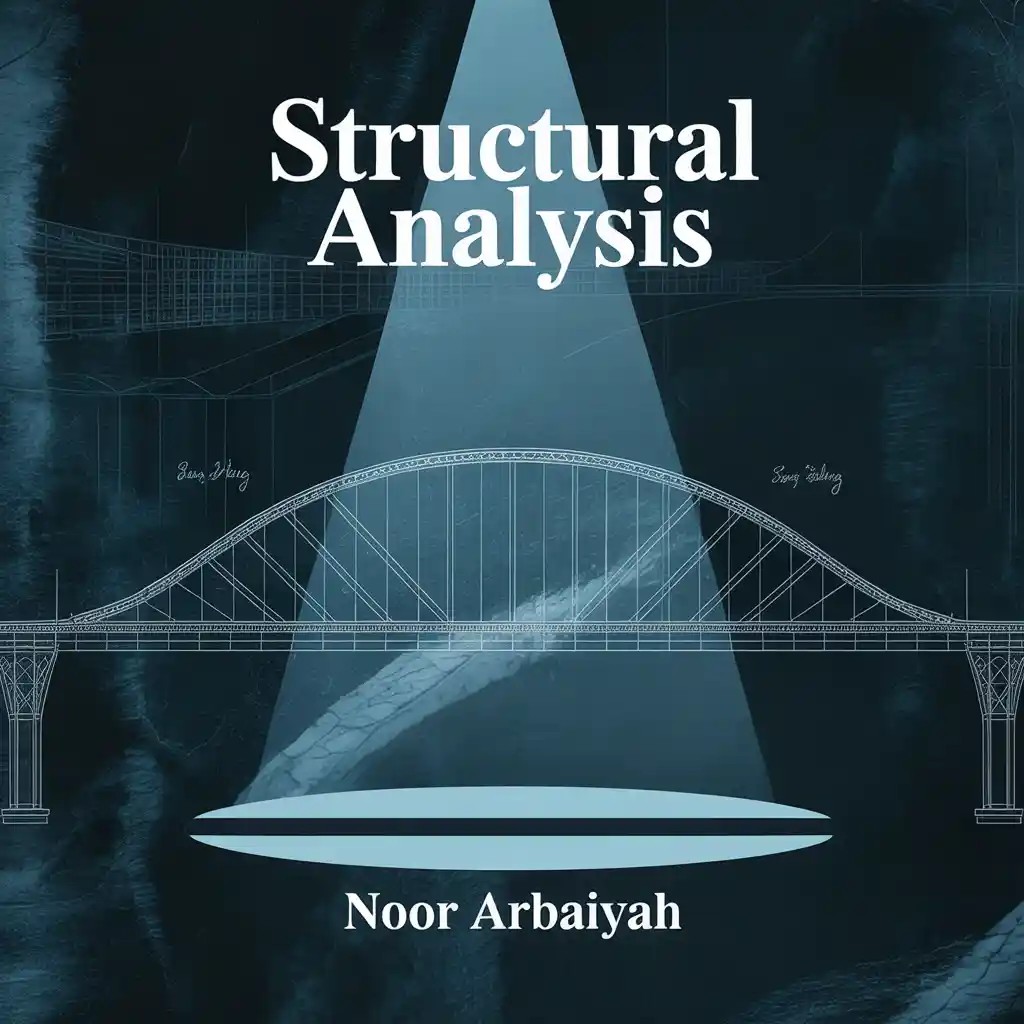
Topic 2: Statically Determinate Structure
A statically determinate structure is one in which all the internal forces and support reactions can be determined solely through the application of the equations of static equilibrium. In other words, these structures do not require any additional compatibility or deformation equations to analyze their responses to external loads. As a result, the analysis of statically determinate structures is straightforward, precise, and forms the fundamental basis for understanding more complex structural systems.
2.1 Definition and Characteristics
A structure is classified as statically determinate when the number of unknown reactions or internal member forces is exactly equal to the number of available equilibrium equations. For planar structures, these are the three primary equilibrium equations:
- The sum of all horizontal forces is zero ((\sum F_x = 0)),
- The sum of all vertical forces is zero ((\sum F_y = 0)), and
- The sum of all moments about any point is zero ((\sum M = 0)).
If the number of unknowns exceeds the number of equilibrium equations, the structure becomes statically indeterminate and requires additional analysis. Conversely, if there are fewer unknowns than equations, the structure is unstable.
2.2 Examples of Statically Determinate Structures
Common examples of statically determinate structures include simply supported beams, pin-jointed trusses, and three-hinged arches. In these structures, support reactions and internal forces can be determined without reference to member deformations. For instance:
- Simply Supported Beam: A beam resting on a pin support at one end and a roller support at the other is statically determinate. Applying the equilibrium equations allows direct computation of the reactions at both supports, as well as the internal shear forces and bending moments.
- Pin-Jointed Truss: In a truss composed of triangles, the forces in each member can be determined using the method of joints or method of sections, employing only the equations of equilibrium at each joint or section.
- Three-Hinged Arch: The introduction of a third hinge transforms an otherwise indeterminate arch into a determinate structure, simplifying the calculation of support reactions and internal moments.
2.3 Importance in Structural Analysis
Understanding statically determinate structures is crucial for civil engineers as it lays the foundation for advanced analysis and design. These structures are not only simpler to analyze but also serve as benchmarks for verifying the accuracy of more complex, statically indeterminate analyses. In practical engineering applications, statically determinate structures provide clear insights into load distribution, force paths, and potential failure mechanisms, contributing to safer and more efficient designs.
2.4 Limitations
While statically determinate structures offer simplicity in analysis and clarity in force distribution, they may be less efficient in material usage and can be more susceptible to collapse if a single member fails. In contrast, statically indeterminate structures often provide greater redundancy and robustness, although their analysis is more complex.

